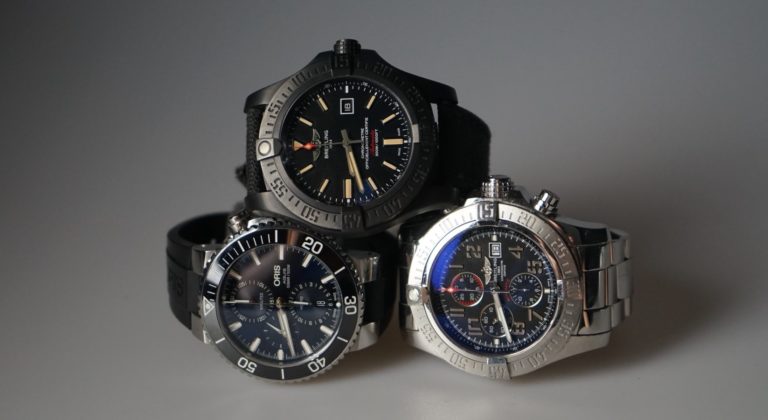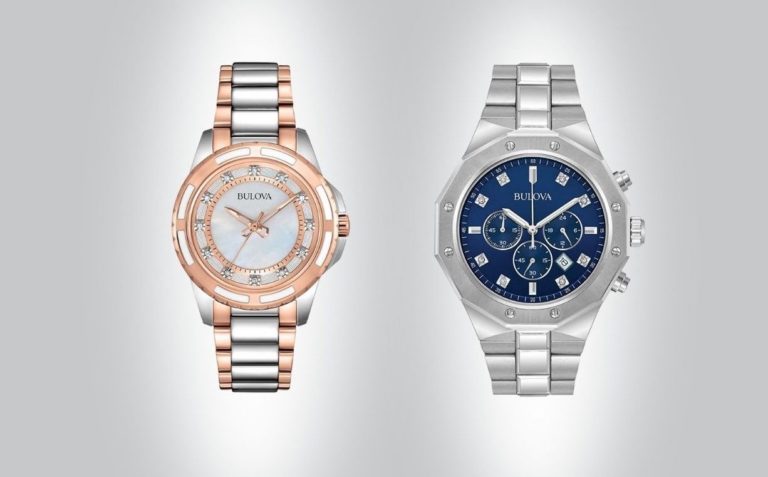Affiliate Disclosure: As an Amazon Associate I earn from qualifying purchases. Details
When it comes to selecting a wristwatch, the majority of buyers choose based on the looks and features.
They select the most suitable option in their price range without often being aware of the powering mechanism behind it. After all, the watch’s purpose is to show accurate time, be eye-catching, and, possibly, have some awesome extras as well.
The truth with movements, however, is that the price, precision, and convenience of use differ from one another, and one of the determinants in buying should undoubtedly involve movement selection. Different watch movements have their pros and cons, and there’s no absolute answer to the question of which of them is the best.
The question should be, which one is the most suitable.

In the following paragraphs, you’ll find out about all the movements there are, and by describing the working mechanism and outlining the positives and negatives, you can be more confident in selecting the most suitable type of watch according to your requirements and tastes.
5 Different Watch Movements
The essential purpose of a wristwatch is to show accurate time, according to which the wearer can plan and execute several daily tasks on time and for a specified period. Performing this critical job is the watch movement, often referred to as “the heart of a watch.”
Commonly, there are two broad types of movements, distinguished by the mechanisms that shift the hands – mechanical and quartz. We will broaden it a little bit by including three popular types that are unique in the way they power the movements.
Without further ado, let’s have a look at the five movements we can find in wristwatches.
1. Manual Mechanical Movement
Manual movement is mechanical and made up of only mechanical parts. In order to keep it running, one must wind it manually.
You’ve probably come across these types of watches at your grandpa’s house because, nowadays, the more advanced technologies have limited their popularity.
Some watch brands still appreciate the outdated but technically rich engineering and have decided to produce them. However, the value of these timepieces is typically higher than with other movements.
One of the greatest examples of the movement’s virtuosity is a tourbillon watch. Initially invented to enhance accuracy, it later became just a demonstration of craftsmanship.
Tourbillons are the most expensive watches around. Though, with the emergence of Chinese watchmaking, many affordable tourbillon watches have started to make name for themselves.
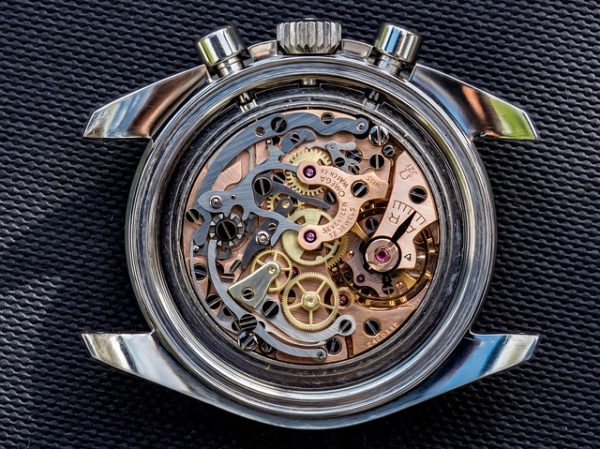
Although the craftsmanship of the movement is what sets the price, you won’t get too accurate timekeeping.
Since the mechanism consists of a lot of components that are sensitive to several factors, the time tends to lose pace. It’s prevalent for a manual movement watch to be wound and corrected every single week.
How Does A Manual Mechanical Watch Work?
When rotating the crown, the mainspring winds up, and, as a result, conserves energy. The escapement receives the power and measures it into equal parts so that the balance wheel could beat back and forth at an unchangeable rate. Finally, with every beat, the gears transfer the measured energy in equal parts to the hands and make the watch tick.
Pros & Cons
✅ long lifetime when adequately cared for
✅ fascinating craftsmanship
✅ no battery is needed
✅ luxurious
❌ expensive
❌ inaccurate
❌ needs frequent manual winding
2. Automatic Movement
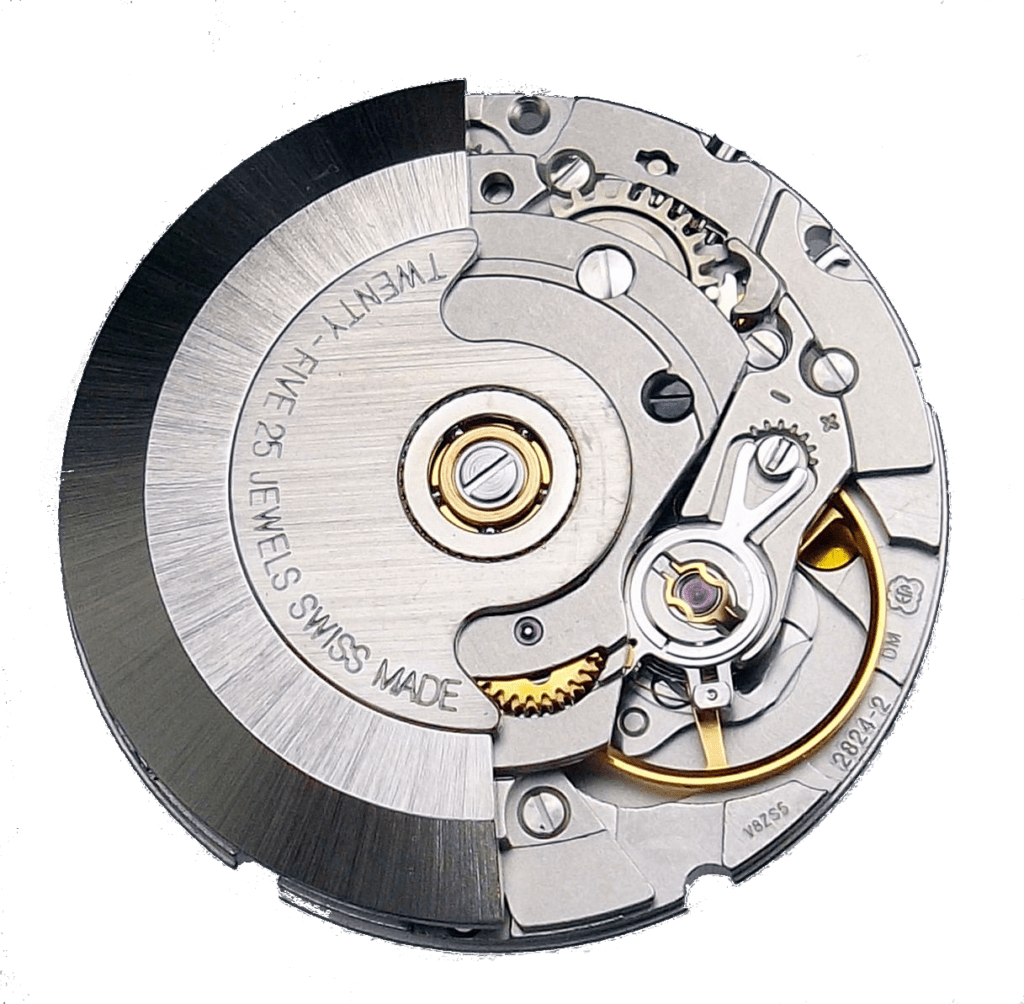
An automatic movement is very similar to manual movement, but instead of the manual winding, the watch winds up itself from the wrist’s motion.
The movement is trendy and is employed in various types of watches, from military to fancy dress watches.
The fact that it’s still made up of mechanical parts means the time tends to lose some pace, as it is with manual watches. The typical accuracy stays between +/- 15 to 30 seconds a day.
Generally, it’s not a problem for knowledgable buyers since automatic watches don’t require any battery replacement, and there’s no need to wind them manually when in constant use. However, if not worn for some time, the timepieces still need a manual effort to start running again.
One of the fascinating styles of automatic wristwear is skeleton watches that have a naked dial, showing the movement in action.
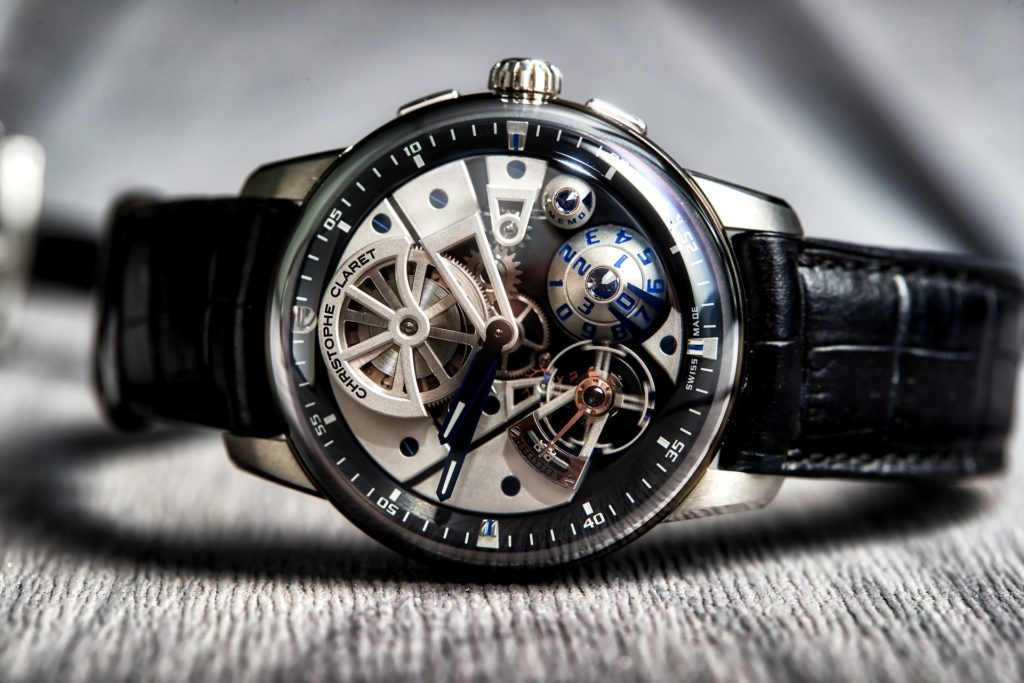
How Do Automatic Watches Work?
The mechanism is pretty similar to the manual movement. The difference is in a rotor that acts as a crown by automatically starting the winding process. A half-circle in shape, the metal rotor swings freely 360 degrees as the wrist moves. An automatic watch has a crown as well, in case it needs manual winding.
Hence, the difference between a manual and automatic movement is the freely spinning rotor that one has and the other hasn’t.
Read more: How do automatic watches work
Pros & Cons
✅ winds automatically
✅ no battery is needed
✅ complicated mechanism = higher quality
❌ stops if not worn for a couple of days
❌ not as precise as other types
❌ rather expensive
3. Kinetic Movement
Kinetic, also known as auto-quartz, is a movement combining self-winding movement and quartz mechanism. It was first introduced in a watch in 1988 by Seiko.
The movement is not very widespread and is more expensive than the typical quartz movement, yet the ease of use has convinced potential buyers to go for it.
A Kinetic watch hibernates after 2-3 days without giving any motion to it, and the rechargeable battery can last up to six months. A little shake ignites it from hibernation and automatically sets the correct time and date. Convenient, right?
Since Kinetic watches use quartz timekeeping, they are accurate. The movement is a perfect compromise between automatic movement and quartz precision.

How Does A Kinetic Watch Work?
Some may argue that a Kinetic movement is in a way the same as an automatic movement. In part, it’s true because the power comes from kinetic motion in both cases.
However, instead of the mainspring that’s wound by the rotor in automatic watches, Kinetic timepieces convert the motion into electrical energy, which is then stored in a rechargeable battery. Thus, the difference lies in the power storage – one has a mainspring, the other a battery.
Pros & Cons
✅ no battery replacement
✅ very accurate
✅ unique amongst other types
❌ stops working when not worn
❌ the variety of watches is small
4. Quartz Movement
Everyone who’s had a wristwatch has been quite possibly wearing a quartz-driven timepiece. It may sound too confident of me to suggest it, but the mass production and price of quartz watches don’t leave much room to allege otherwise.
Seiko, one of the pioneers in the whole watch industry with numerous “firsts,” introduced the movement in 1969, at a time when everybody relied on mechanical movements.
The precision and simplicity stunned the public, and not long after, most of the established watch manufacturers released their versions of quartz watches.
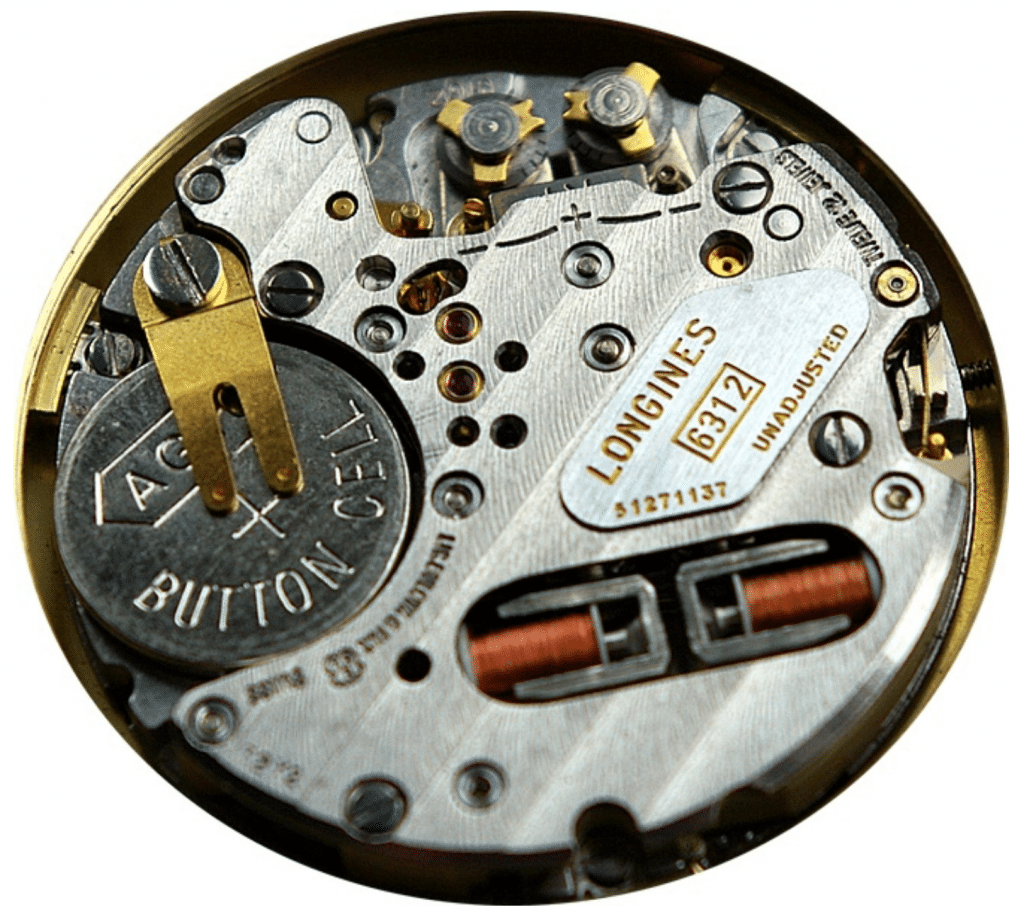
Since the mechanism uses quartz crystal and electricity, the accuracy is on a whole new level compared to mechanical watches.
Quartz is the most precise movement available at the moment. And considering the affordable price of it, no wonder it enjoys popularity.
The biggest concern with the quartz system compared to other types of movements is the lifetime of a battery, as it’s quite usual to replace batteries every 24-36 months. In keeping the inconvenience at a minimum, longer-lasting batteries should be used, such as lithium-ion batteries.
Read more: Quartz vs Automatic Watch
How Does A Quartz Watch Work?
A battery sends an electrical signal through small crystal quartz, which, in turn, starts to vibrate 32,768 times per second with a precise frequency. The electrical circuit then measures the vibrations and converts them into a single pulse every second, thus making the hands move.
Pros & Cons
✅ accurate time
✅ very affordable
✅ low maintenance
❌ frequent battery replacement
❌ too mainstream and simple for many
5. Solar-Powered Movement
A solar watch is basically a quartz movement watch, but instead of the charged battery in a quartz watch, a solar timepiece has a rechargeable battery that receives energy from all forms of light via a solar panel.
So, the difference between quartz and solar systems is the battery type – one is fully charged upon purchase, and the other can be recharged through a solar cell over and over again.
Typically, the solar-powered movement is not considered a separate type, but in regards to the powering method, it is totally different. That’s why we’ve taken the approach of differentiating it from the quartz mechanism.
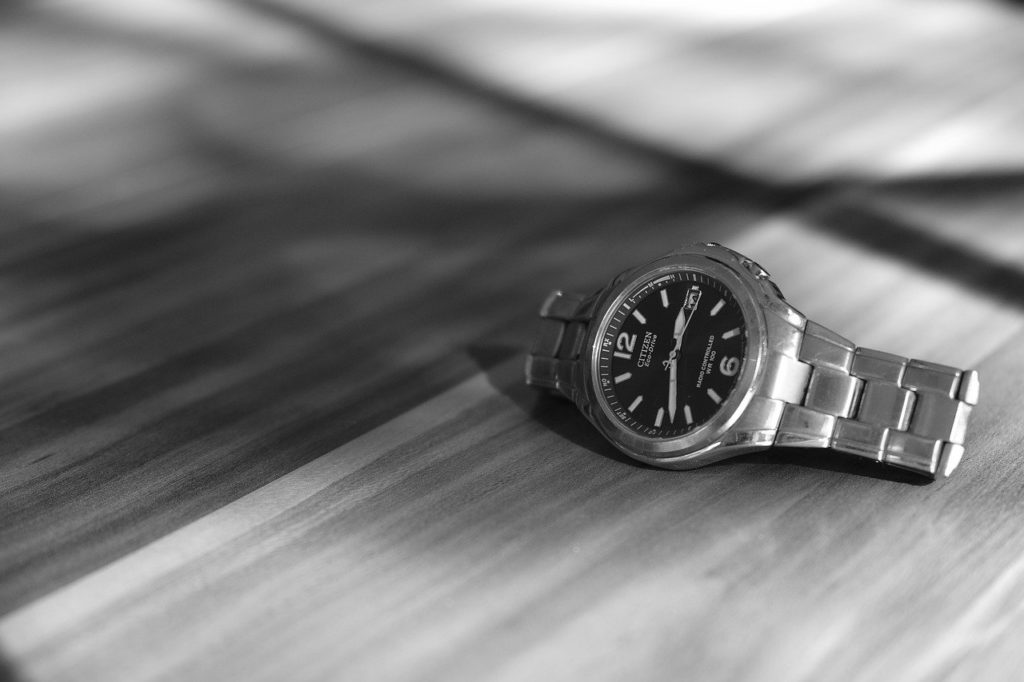
Solar watches are quite reasonably priced and are primarily marketed by Seiko, Casio, and Citizen. Over the years, the movement has gradually gained momentum and is now marketed in numerous watch types.
Using solar energy in wristwatches is an eco-friendly method because a rechargeable battery rarely needs a replacement.
How Does A Solar Watch Work?
The solar panel, sitting under the dial, absorbs all forms of light and converts it into electrical energy to power the wristwatch. The energy is stored in a rechargeable cell and is released during the night or when covered. A solar watch can run for up to six months without any light exposure.
Pros & Cons
✅ always charges with any light
✅ long-lasting rechargeable battery
✅ very accurate
✅ eco-friendly
❌ a rechargeable battery is not everlasting
What About Chronometer & Chronograph Movements?
The two are very often mixed up with each other, but, in reality, are different things. They are also movements, however, in another meaning. So, what the heck are they?
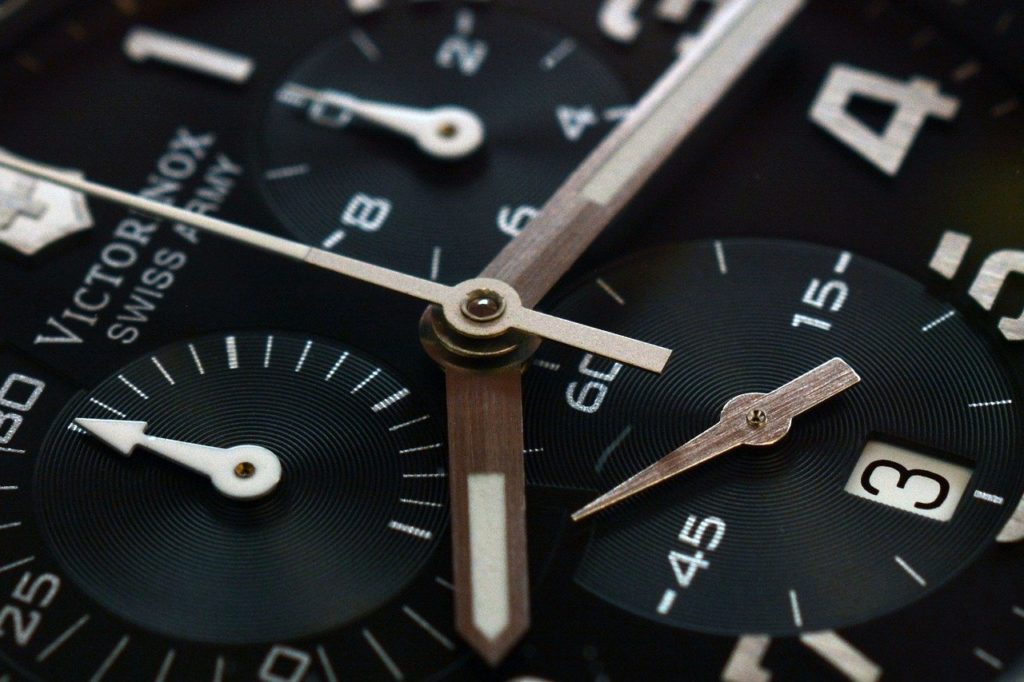
A chronometer is a Swiss standard for movement reliability and precision. Thus a chronometer is an accurate and certified mechanical watch, NOT a movement itself. Only timepieces that pass the certification procedure can be called chronometers. The certification eliminates the most significant concern there is with manual and automatic watches – inaccurate timekeeping.
A chronograph, on the other hand, is just a stopwatch function, displayed on two or three small dials on the watch display.
Chronographs do have extra movements in mechanical watches but are not a separate type. In quartz watches, a chronograph function is powered by additional stepper motors that receive energy through quartz’s vibrations.
Watch Movement Comparison
Now we know how each movement works and which advantages and disadvantages they possess. Since we aim to make your watch selection as easy as possible, we’ve subjectively rated the movements by different categories: price, accuracy, convenience, and luxuriousness.
MOVEMENT | PRICE | ACCURACY | CONVENIENCE | LUXURIOUSNESS |
|---|---|---|---|---|
Quartz | ⭐ | ⭐⭐⭐⭐⭐ | ⭐⭐⭐ | ⭐ |
Automatic | ⭐⭐⭐⭐ | ⭐⭐ | ⭐⭐ | ⭐⭐⭐⭐ |
Solar | ⭐⭐⭐ | ⭐⭐⭐⭐⭐ | ⭐⭐⭐⭐⭐ | ⭐⭐⭐ |
Kinetic | ⭐⭐⭐ | ⭐⭐⭐⭐⭐ | ⭐⭐⭐ | ⭐⭐⭐ |
Manual Mechanical | ⭐⭐⭐⭐⭐ | ⭐⭐ | ⭐ | ⭐⭐⭐⭐⭐ |
Final Take
The question of which movement is the best depends mainly on every individual’s needs and tastes. If the budget is limited, a quartz watch should be the choice; when the convenience of use sets the standards, then a solar watch would be the perfect fit; and if one admires the sophisticated craftsmanship and is willing to spend some bucks, should go for a luxurious manual timepiece.
Surely, the movement of a watch should be taken into account before the purchase. All the different watch movements have beautiful and function-rich wristwear to choose from, but if you buy a pretty and full-featured watch without paying attention to the movement, you can’t change it anymore. The movement first, then all the rest.
You may also like:
Affiliate Disclosure: As an Amazon Associate I earn from qualifying purchases. Details
- CIGA Design Blue Planet Gilding Watch: The Best Conversation Starter Around? - April 2, 2023
- CIGA Design X-Series Review: The Most Skeleton for the Money? - July 7, 2022
- What Is A Dive Watch? A Complete Guide - May 17, 2022

